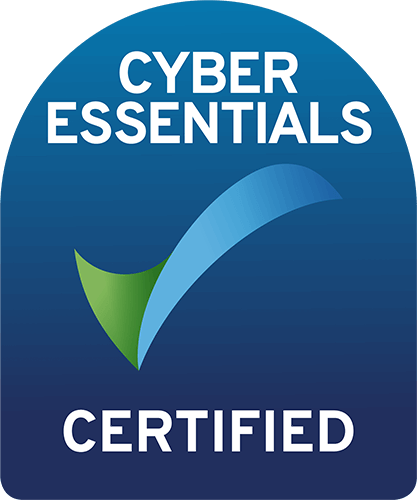The SAFe Scaled Agile Framework can be a game-changer or governance overkill, depending on how and where you apply it.
In this knowledge share session, I broke SAFe down into the essential pieces, not from a textbook, but from how it's used in my experience, in practice. Here's the run through of what I covered. And if you want to just catch up with the recording, I've embedded it below so you can take a look yourself.
We began with the basics: What is SAFe, where does it come from and what does it aim to solve. I introduced the SAFe Big Picture, which is an overwhelming visual for those who've not been talked through it.
Core Competencies: The foundational capabilities that support business agility.
Roles: Who does what, and why it matters for alignment.
Configurations: The 3 layers that allow you to dial up or down your use of SAFe depending on the size and complexity of your organisation (Essential, Large, Portfolio)
Backlogs: The various work queues, from team level to portfolio.
Foundations & Spanning Palette: The concepts that connect the dots together.

Because we only had 30 minutes, once I had outlined the SAFe Big Picture, I decided to focus the time on sharing a few key concepts that I have found useful in my experience. These included:
- Lean Portfolio Management: A different way of connecting strategy to execution.
- Lean Budgets: When organisations fund value streams rather than projects.
- Model Based Systems Engineering (MBSE): Using structured digital models to visuals complex ideas.
- Programme Increment (PI): Otherwise known as Big Room Planning, which typically takes place every quarter.
- DevOps: The set of practices that allow for automated, fast, delivery of value.
We then explored real world patterns of success and failure.
Empty space, drag to resize
| When SAFe Works |
When SAFe Doesn't Work |
50+ people
Portfolio level investment
Executive Sponsorship
Appetite for Systemic Change
Dedicated Agile Coaches |
<50 Person Start-Up
No Leadership Support
Org Prefers Lightweight Agile
Culture Resists Standardisation
Poor Tailoring of Framework |
If you found this useful, you can dive into my other articles on project management and leadership at scale. You may like:
Empty space, drag to resize
You can also explore my courses here.



